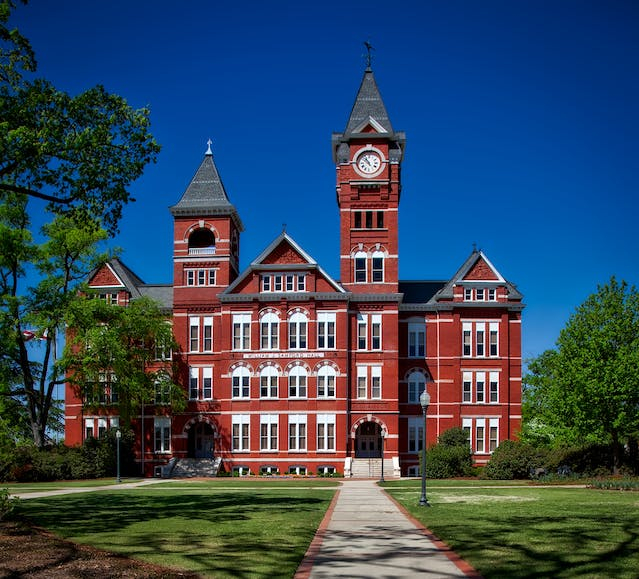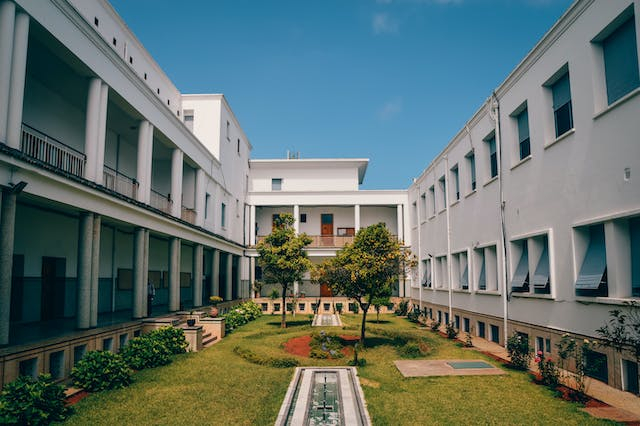Which part of the school building would you redesign/remove and why?
Essay topic: Which part of the school building would you redesign/remove and why?
Answer:
Consider the school building as a dynamic space that shapes the educational experience of students. In contemplating potential enhancements, one area stands out for reconsideration, the traditional, enclosed library. While libraries have been integral to education, reimagining this space could better align with evolving learning methods and foster a more interactive and collaborative educational environment.
The first main idea centers on transforming the conventional library into a versatile and technology integrated learning hub. Traditional libraries, with rows of silent shelves, limit the potential for collaborative and dynamic learning experiences. Supporting evidence lies in the shift towards digital resources and online databases, rendering extensive physical book collections less essential. A redesign could allocate this space to accommodate modern technology, interactive displays and collaborative workstations, promoting a more engaging learning environment.
The second main idea involves creating flexible, multipurpose spaces that cater to various educational activities. The rigid structure of traditional classrooms impedes the adaptation of teaching methods to suit diverse learning styles. Supporting evidence comes from the growing acknowledgment of the importance of experiential and project based learning. Redesigning classrooms to be modular and adaptable allows educators to create dynamic spaces tailored to specific lessons, fostering a more interactive and personalized learning experience.
The most important central idea centers on enhancing communal areas for student collaboration and social interaction. Current school designs often lack sufficient spaces where students can collaborate, share ideas, and engage in extracurricular activities. Supporting evidence comes from the recognition that holistic education extends beyond traditional classrooms. Redesigning communal areas to accommodate group activities, clubs, and informal gatherings encourages a sense of community and supports the development of vital interpersonal skills.
In conclusion, the redesign or removal of the traditional library space represents an opportunity to align educational environments with contemporary learning needs. By transforming this space into a technology-infused, collaborative hub, schools can better cater to the evolving needs of students. Additionally, creating adaptable classrooms and fostering communal areas for interaction ensures a holistic educational experience. The evolution of school spaces reflects a commitment to preparing students for a future that demands flexibility, collaboration, and innovation. As we contemplate redesigning elements of the school building, let us envision spaces that inspire curiosity, creativity, and a love for lifelong learning.












